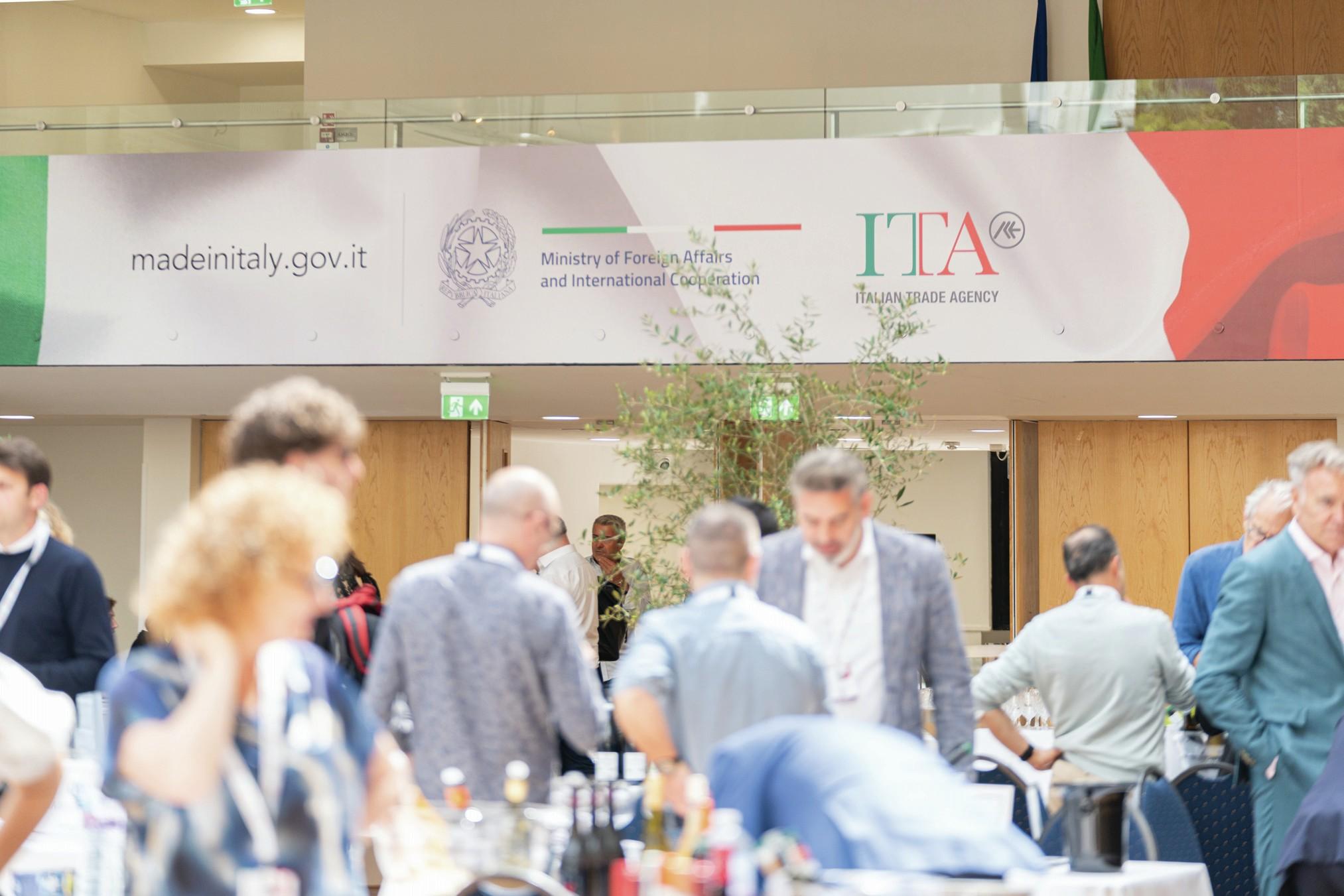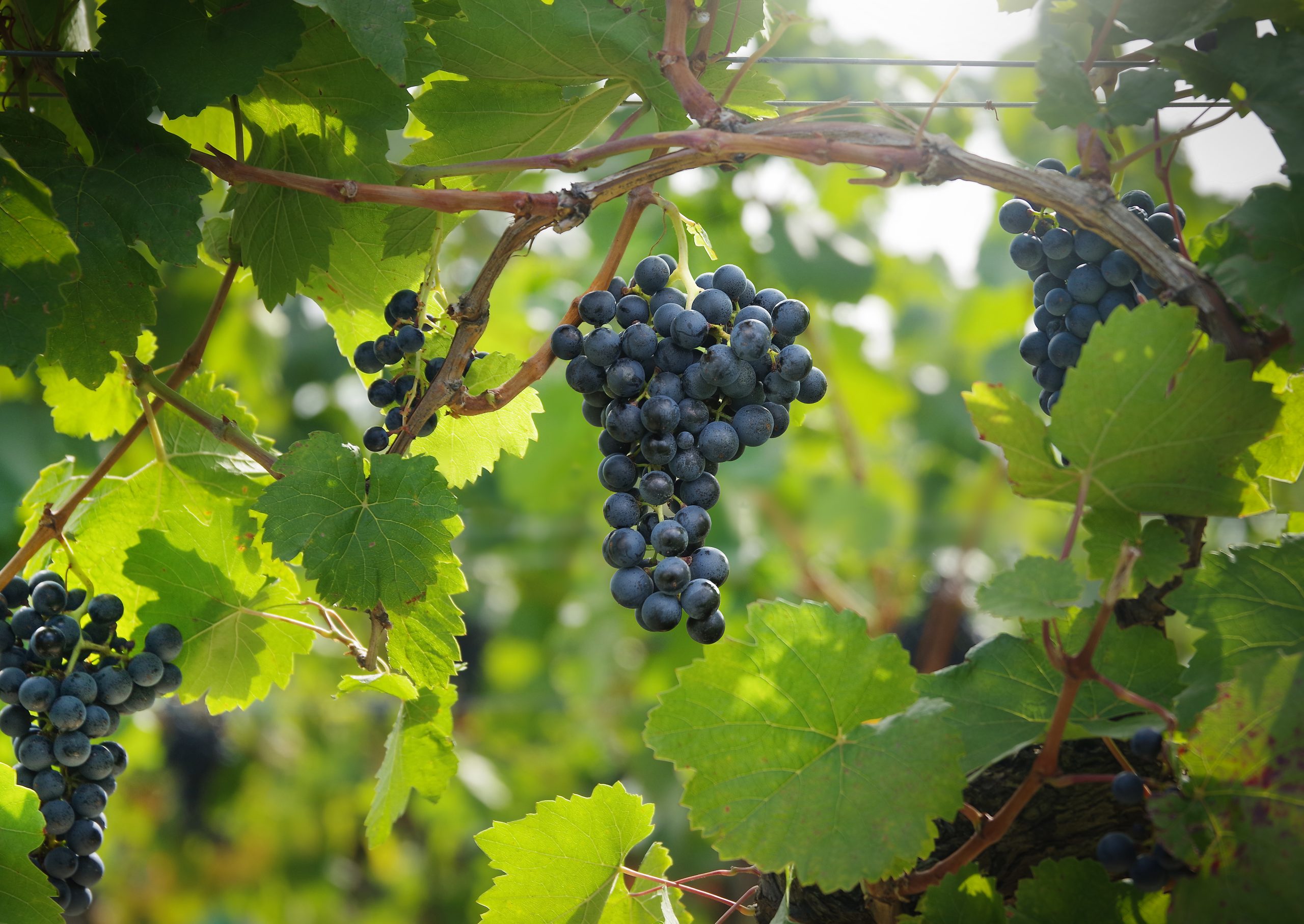Sekt’s appeal: why Austrian sparkling wine is on the rise
As Austrian sparkling wine continues to gain recognition in international competitions, there are plenty of reasons to raise a glass.

Austrian Sekt Day, on 22 October every year, marks the beginning of Sekt season and raises awareness of the quality, variety and origin of these wines for those in both on and off-trade channels.
Sekt season is so named because it marks the peak time for purchases of the sparkling wine – by the end of the year an estimated 12 million bottles will have been polished off, 45% of the total annual amount.
In order to be designated as Austrian Sekt, or Austrian Qualitätsschaumwein, the wine can only be made from the 40 grape varieties permissible for Qualitätswein production, and they have to be grown in Austria. Grüner Veltliner, Austria’s most widely-planted variety, is commonly used. A further feature that marks Sekt is that, when at a temperature of 20°C, the pressure inside the bottle is at least 3.5 bars.
There is also Sekt with a Protected Designation of Origin (PDO). Sekt with a PDO can, as of February this year, only be sold with the labelling terms Sekt Austria, Sekt Austria Reserve, and Sekt Austria Grosse Reserve. db covered how this represents an effort to tie the wines to their country of origin. Indeed, these wines are distinctly Austrian in flavour, even though the production method and level of sweetness will vary.
Partner Content
This push has been enabled thanks to the wine’s tireless advocates. The Austrian Sekt Committee, established in 2013, is a public body that helps producers to promote their products to consumers. As part of the revision of the fee contribution structure, the committee was integrated into the Austria Wine Marketing Board, which it now collaborates with to develop marketing strategies and wine tourism activities. The Austrian Sekt Committee’s chairman, elected to a five-year term, is Schlumberger’s Benedikt Zacherl.
But, beyond growing domestic awareness of these wines, the value of Austrian Sekt abroad is also snowballing as consumers identify how they offer high quality fizz at great value. Last year, the export value for Austrian Sekt increased by 34% compared to 2020, and this was also a rise on the pre-pandemic level. In the drinks business‘ Spring Tasting this year, several Austrian Sekts emerged as medallists, including the gold-winning Stift Klosterneuburg Blanc de Blancs Brut Sekt Grosse Reserve “Mathäi”.
Austrian Sekt’s growing popularity is also because it is something of an all-rounder when it comes to food pairings. To read more about how Austrian wines can complement certain dishes, click here.
Related news
Under-the-radar red wine proves Austria's versatility
Austrian Wine goes after Gen Z with ‘rot weiss rosé’ rebrand
New report highlights ‘enormous economic value’ of Austrian wine




